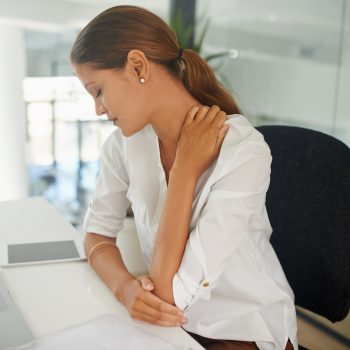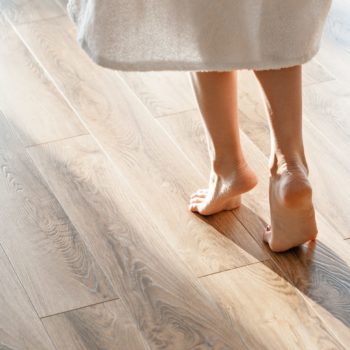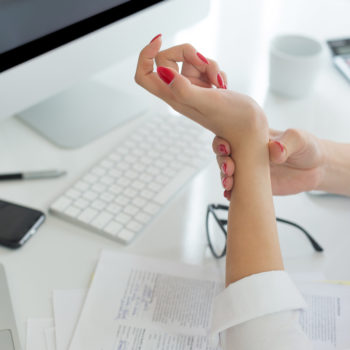The backache does not know seasons or age. It is estimated that 80% of people at least once in their lives have suffered from back pain, including young people. It is wrong to think that back pain is a pathology only related to age or certain types of work or activities – explains Dr. Lara Castagnetti, osteopath and specialist in Physical Medicine and Rehabilitation of Humanitas – When she appears at a young age it is important not to underestimate the pain and rely on expert hands avoiding do-it-yourself techniques. In fact, especially in young people, back pain could be a symptom of a chronic inflammatory disease called spondylitis that, undiagnosed and not treated early, can cause major changes in the spine with long-term consequences on posture, the cardiorespiratory system and quality of life. Once the cause has been identified, back pain is treated differently depending on the cause:
1- Ankylosing spondylitis: it affects mostly young men aged between 20 and 40 years, in a ratio of 3 to 1 with respect to women. It is part of a larger family of chronic inflammatory diseases called spondylarthritis, which also includes cases associated with psoriasis or chronic inflammatory bowel diseases (e.g., ulcerative colitis and Crohn’s disease). As the disease progresses, the spine becomes hypomobile, even at the level of the cervical spine, until it merges into a single structure. Biological medications that act on inflammation mediators, balanced rehabilitation with stretching, muscle strengthening, adequate cardiorespiratory fitness, and more than 200 regular physical exercises per week, at moderate intensity, depending on the degree of disease, because exercises for the spine performed for more than 5 days a week are associated with decreased pain, reduction of the rate of progression of disease and improvement of the functionality of the spine
2 – Mechanical back pain: it can occur both in young people and in old age. The pain arises suddenly and worsens with movement and effort, but improves with rest. As in spondylitis, the posture of the spine gradually changes until its mobility is reduced and it stiffens. In this case, both massages and physiokinesis therapy and osteopathic treatments may be indicated.
3- Inflammatory back pain: more frequent in young people, it has an insidious, intermittent or slow onset and it is long lasting. The pain worsens at night and causes considerable stiffness in the morning, but is rarely of a piercing or acute type, while more often the patient complains of discomfort, weight, wrapping, or sense of constriction of variable intensity and not well localized that improves with the movement. In this case, after medical evaluation, appropriate rehabilitation programmes and mobility exercises of the spine may be indicated to help reduce pain and improve the patient’s quality of life.








